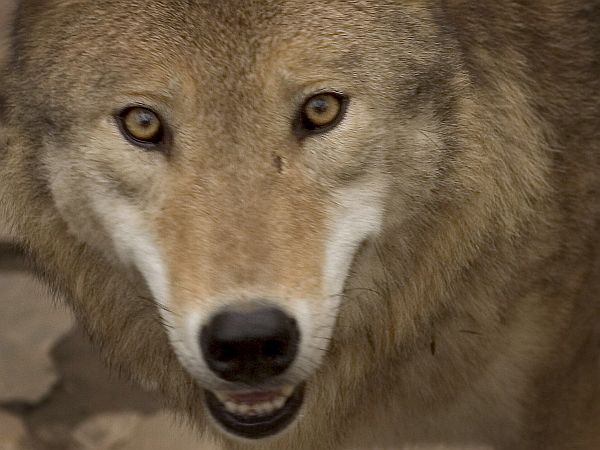
Wolves were once abundant in Slovenia’s forests, but hunting drove them to the brink of extinction. It took protection from the state to stabilize their numbers – but their long-term survival is still far from certain.
For centuries -- and well into the 20th century--, wolves were seen as little more than a threat to people and their farm animals. Hapsburg authorities even paid hunters large bounties for every wolf they killed. The strategy was so successful that wolves became a rare sight in Slovenian forests by the end of the 19th century.
People living in sparsely populated areas, driven by fear of losing sheep and other animals, even formed wolf-killing committees to rid Slovenia’s forests of their adversary. Unlimited hunting led to the extinction of the Eurasian lynx, and for much of the 20th century, it seemed that the wolf would suffer the same fate.
For a long time, the situation appeared hopeless, but the wolf eventually got a reprieve. Bounties on wolves continued to be paid off until 1973, but by that time, attitudes had already begun to change. Within a few years, wolves became protected in some parts of Slovenia, even though there was still no national plan to protect the species. With pressure from conservationists growing, however, year-long hunting moratoria on wolves were increasingly common by the early ‘90s.
In 1993, the wolf was finally declared an endangered species by the government of newly independent Slovenia. The decision did not mean a total end to wolf hunting – exceptions can still be made for wolves that threaten farm animals. However, the new status has helped the wolf population to begin a slow rebound.
Today, many wolves have been tagged to enable electronic monitoring. Recent estimates of wolves in Slovenia’s forests vary from 40 to 100, but their long-term survival is still not a certainty: New roads, the encroachment of human settlements, and poaching all represent very real threats to the still-fragile wolf population. Conservation groups are now calling for a total ban on wolf hunting – with no exceptions. They point out that even simple measures such as the use of higher fences for sheep enclosures could reduce the number of conflicts between wolves and farmers.
It’s becoming increasingly clear that educating the public about wolves – which are almost never dangerous to people – is the key to ensuring the long-term survival of a species abundant in the country’s forests long before the arrival of humans. Recent polls suggest that the strategy is paying off and that most of Slovenians support further measures to protect this symbol of the Slovenian woods.

































































